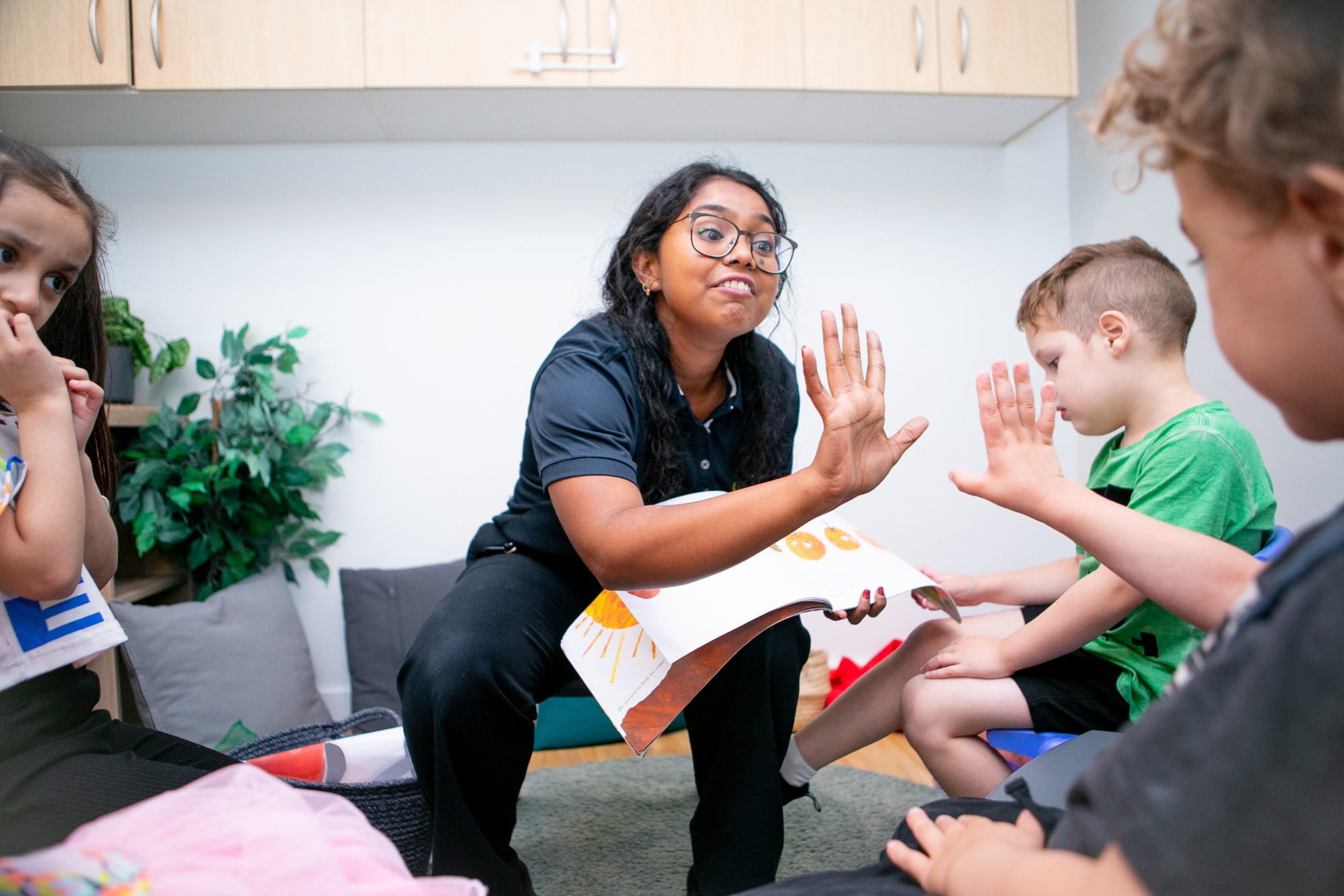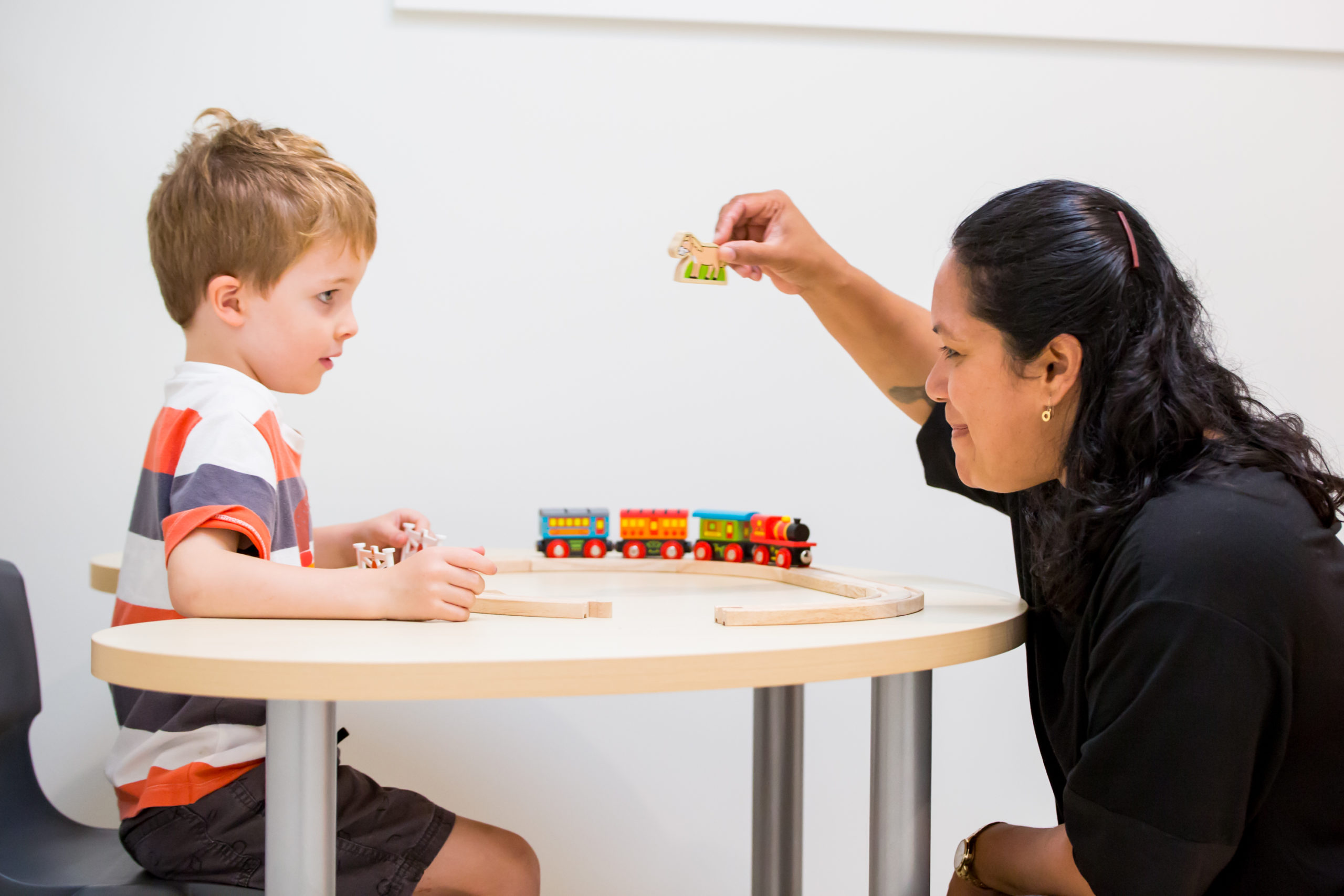Transitioning from one activity or space to another is often challenging for young children. But for a chid with Autism it is even harder. Melt downs, arguments and huge frustration can be the result. Let’s learn more about your Child with Autism Transition.
But there are some things you can do to help your child when they need to stop one thing and start another.
Here are our top 4 tips to support your child with autism to successfully transition:
-
Give multiple warnings.
As an adult there’s nothing worse than being told you have to stop something you’re enjoying immediately. Maybe you’re having a great conversation on the phone with a friend, or immersed in watching a movie, and suddenly your are interrupted and told it has to end (OK, so for this might be a daily occurrence if you’re a parent, but think about before you had kids and how much control you had over your own time!). It’s frustrating isn’t it? But if you knew you had to attend to something else in 5 minutes then you’d adjust your expectations, and be prepared for the change.
It’s just the same for children – let them know some kind of change is coming, and give them a few warnings “5 more minutes and then we need to go inside for morning tea. 2 more minutes. Ok, now just 1 more minute and it’s morning tea time”
-
Use a Countdown – time can be too abstract
Many children don’t understand the concept of ‘time’. How long is 5 minutes or 1 minute? To give them something they can understand you can use a countdown.
“OK, 10 more pushes on the swing and then we need to give the next child a turn” and then countdown the pushes so they know it’s getting to the end of their turn.
This can also be used when ending a play activity “I’m going to countdown slowly from 10 and then it will be time to have a bath”
-
Use ‘First, Then’ language
This technique is focused on using very simple language to explain to your child what needs to happen. “First we are going to finish this puzzle, then we are going to have morning tea”
This clearly communicates what is going to happen so your child isn’t surprised by the shift in focus.
-
Use a transition item
This technique can be used if your child is playing. With something that can be carried through to the next activity. If they are outside playing with a truck and they need to have a bath, perhaps the truck needs to have a wash too! Or their teddy might need some morning tea!
By using these techniques you can support your child to successfully transition and everyone will be happier.






